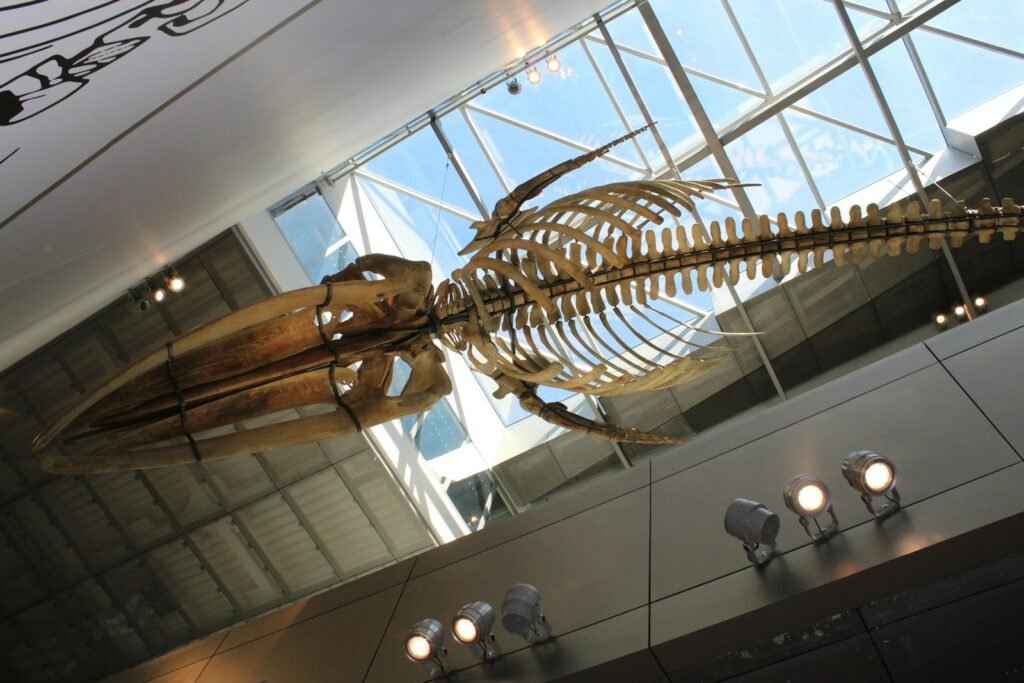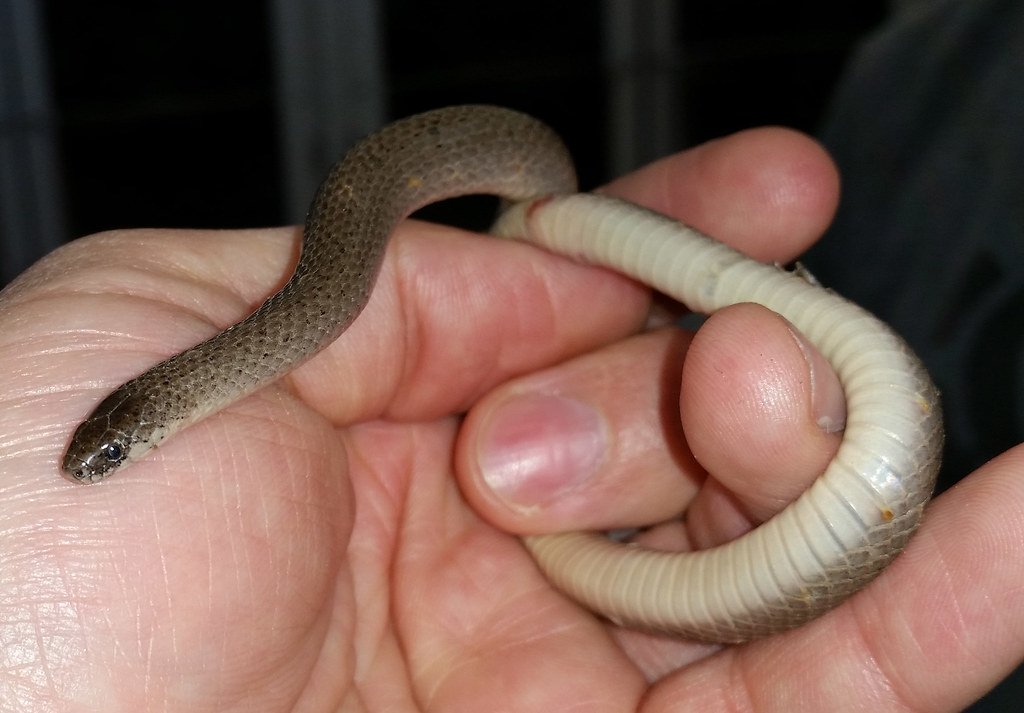In the heart of Egypt’s Western Desert, the wind lifts grains of sand and lays them down again over bones older than humanity’s oldest stories. This is Wadi Al-Hitan, the Valley of the Whales, where the desert remembers the sea and refuses to let the past disappear. The mystery is disarming: how do whales end up marooned in a place that now bakes under a pitiless sun? The answer, written in stone and salt and time, is transforming what we know about evolution, climate, and the restless shape of Earth’s surface.
The Hidden Clues

Stand on the boardwalk and look out: the dunes are freckled with vertebrae as if a wave receded and forgot to take its giants back. Ribs arc from the ground like ship frames under construction, and a jaw as long as a surfboard points toward a horizon that was once shoreline. It’s shocking, and then it’s clarifying, because the landscape feels like an opened archive rather than a ruin.
The fossils are remarkably complete, often preserved in the same position as in life, with skulls, ribs, and tail bones aligned. Surrounding them are shells, shark teeth, and the remains of turtle carapaces, a crowded cast that screams shallow tropical sea. I remember kneeling beside a weathered vertebra, the carbonate gritty under my palm, thinking: this is what time looks like when it refuses to hurry.
An Ocean Written in Stone

Roughly during the middle to late Eocene, about the span of many tens of millions of years ago, this desert was a bay on the ancient Tethys Sea. The sediments – fine mudstones, sandstones, and rippled beds – stack like chapters describing calm lagoons punctuated by storms. Mineral signatures and microfossils signal warm waters and ample life, with conditions that favored both predators and grazers.
You can trace shoreline swings in the rock, the subtle rise and fall of sea level captured in cross-bedded sand. Mangrove-like roots and seagrass impressions appear in places, hinting at a mosaic of habitats where young animals could feed and hide. In a few sites, the density of bones suggests a natural trap, a place where currents and chance conspired to gather the dead in quiet drifts.
Evolution in the Sand: Whales with Legs
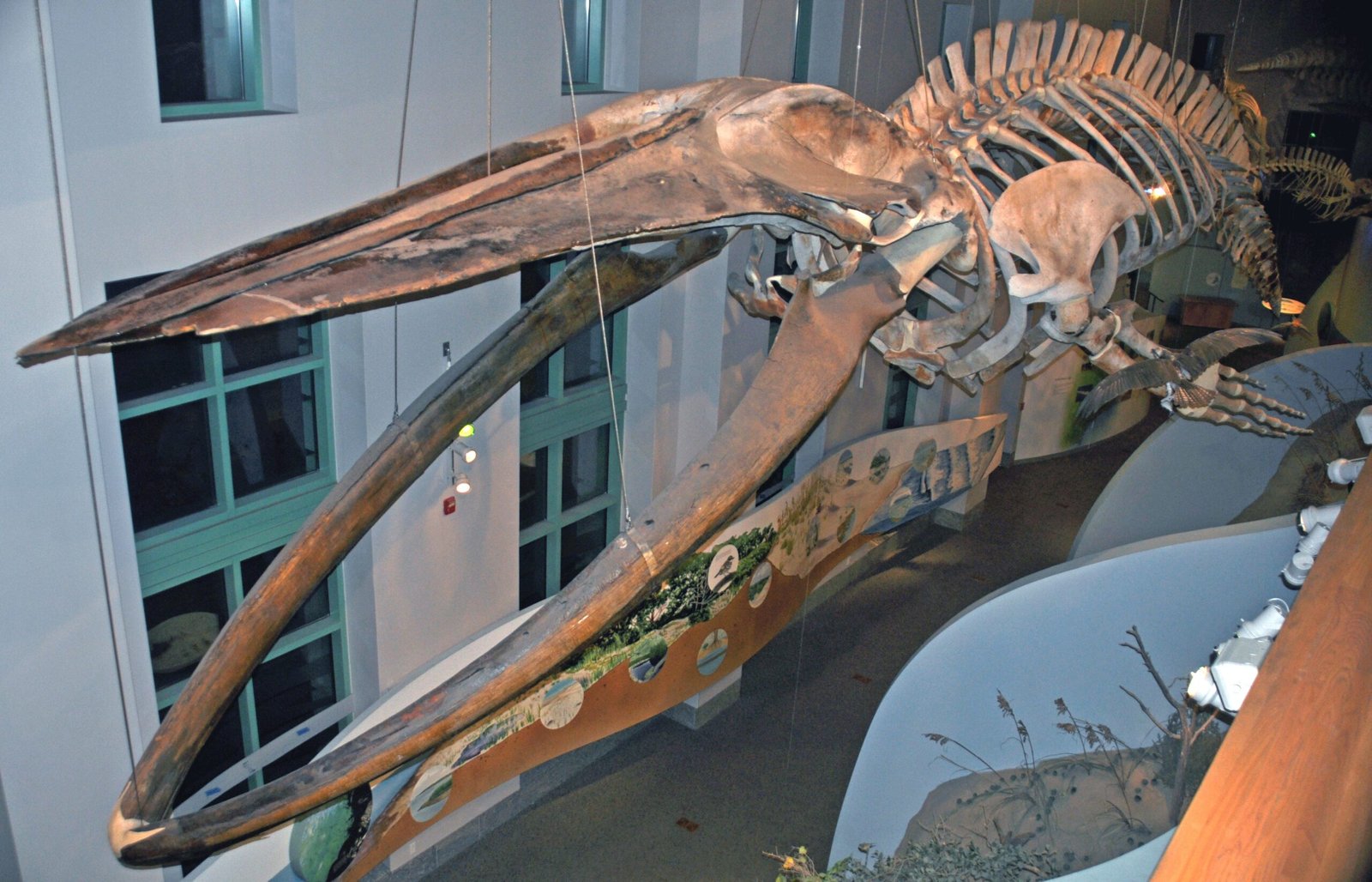
Wadi Al-Hitan is famous because it displays a chapter of whale history that still feels audacious: the moment when fully marine whales retained tiny hind limbs. Basilosaurus isis, a long, serpentine predator, shows a reduced pelvis and delicate legs – no longer for walking, but likely for mating maneuverability. Dorudon atrox, more compact and powerful, carries the same vestigial story in miniature.
Other traits clinch the narrative of transition: nostrils drifting up the skull, ear bones reshaped for underwater hearing, and tail vertebrae built for efficient propulsion. Some skeletons preserve stomach contents and bite marks, evidence that top predators targeted calves and smaller species. The evolutionary message is almost indecently clear, like catching transformation in mid-sentence.
From Ancient Tools to Modern Science

Early explorers in this region worked with notebooks, plaster, and perseverance, hauling bones out by brute effort and mapping by compass. Today, researchers arrive with drones that stitch thousands of photos into precise 3D terrain models, capturing fossils in context without touching a fragment. Photogrammetry lets teams revisit a site from a screen and measure every angle as if they were still kneeling in the sand.
Inside labs, CT scanners peer through rock to reveal hidden sutures and tooth roots, while isotopes in teeth whisper water temperatures and feeding patterns. Geochronologists refine ages with strontium signatures, anchoring fossils to time with clockmaker precision. The result is a digital double of the valley – bones, beds, and bite marks preserved in datasets as resilient as the desert itself.
Food Webs and Bite Marks
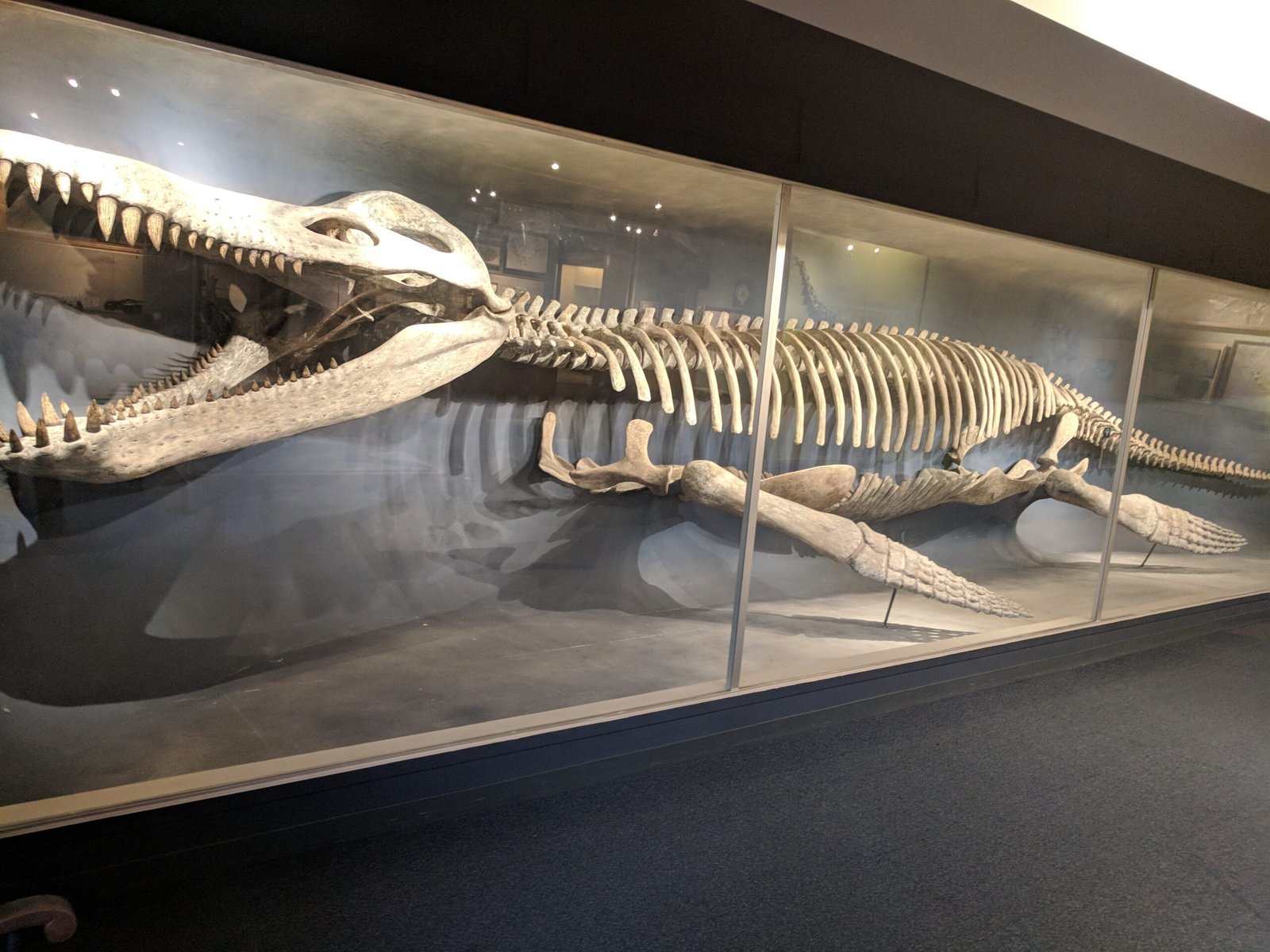
There’s drama preserved here, and it isn’t subtle. Some Dorudon juveniles show gouges that match the teeth and spacing of Basilosaurus, a predator-prey story preserved with unnerving neatness. Scattered fish bones, shark teeth, and rays fill out a picture of a food web that was busy, opportunistic, and occasionally brutal.
Researchers can sometimes link bite traces to specific jaw morphologies, a forensic approach that reads like a detective case file. The presence of turtles, sirenians, and crocodilians suggests shallow, productive waters where ambush and speed both paid off. In a place where silence reigns now, the past crackles with noise – chases, strikes, and the unblinking efficiency of ancient seas.
Global Perspectives
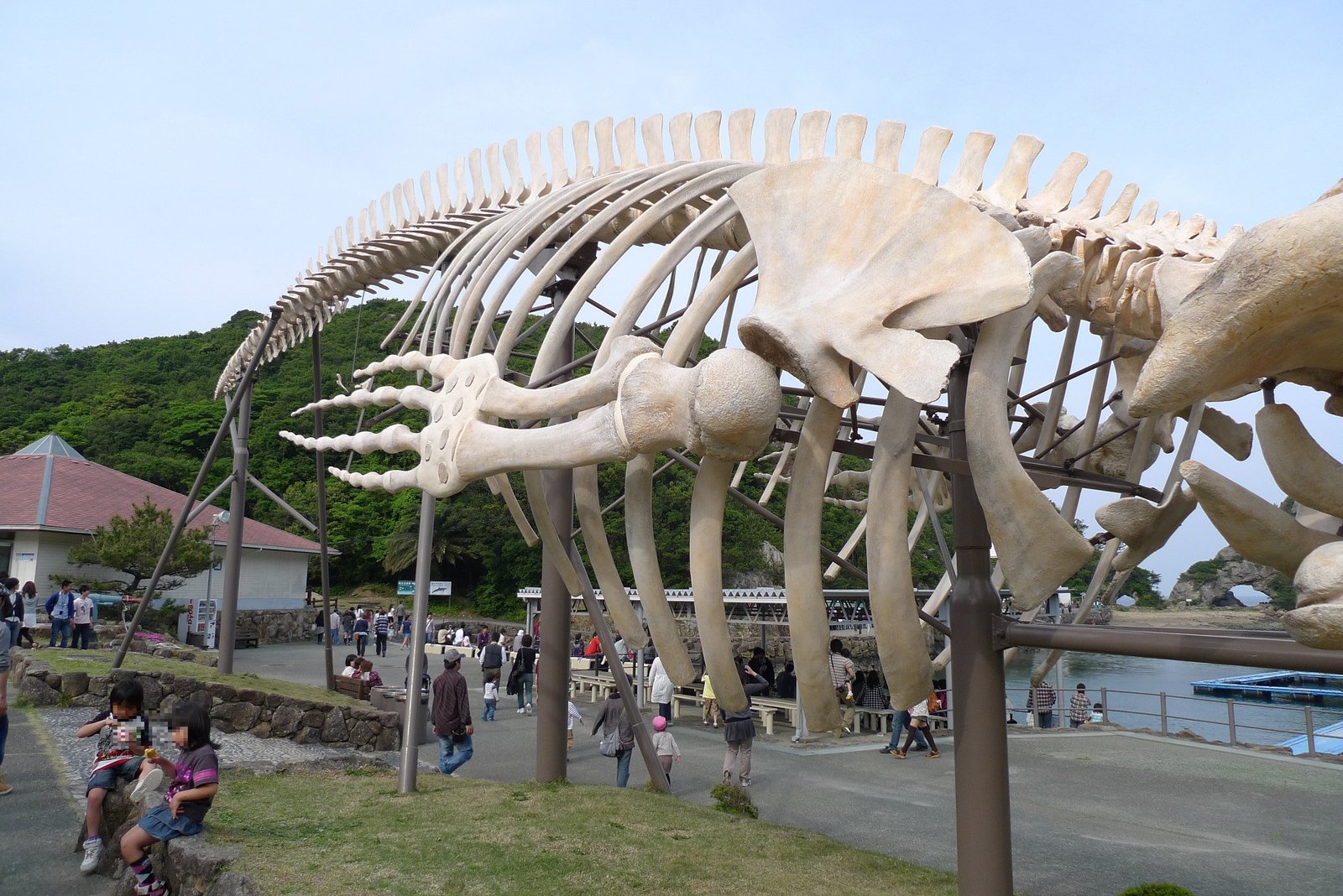
Wadi Al-Hitan doesn’t stand alone; it anchors a global narrative of whale evolution that arcs from South Asia to North America. Sites in Pakistan preserve earlier, more amphibious whales, while later fully marine forms appear widely across ancient coastlines. Egypt’s valley fills a crucial middle space by showcasing whales that had committed to the sea but still wore the faint echo of legs.
That completeness is why the site sits on the world heritage map as a natural archive of evolution. It complements other fossil regions rather than competing with them, connecting dots that were once scattered across continents. When seen together, these sites outline a story of movement, adaptation, and survival that’s bigger than any one shoreline.
The Future Landscape
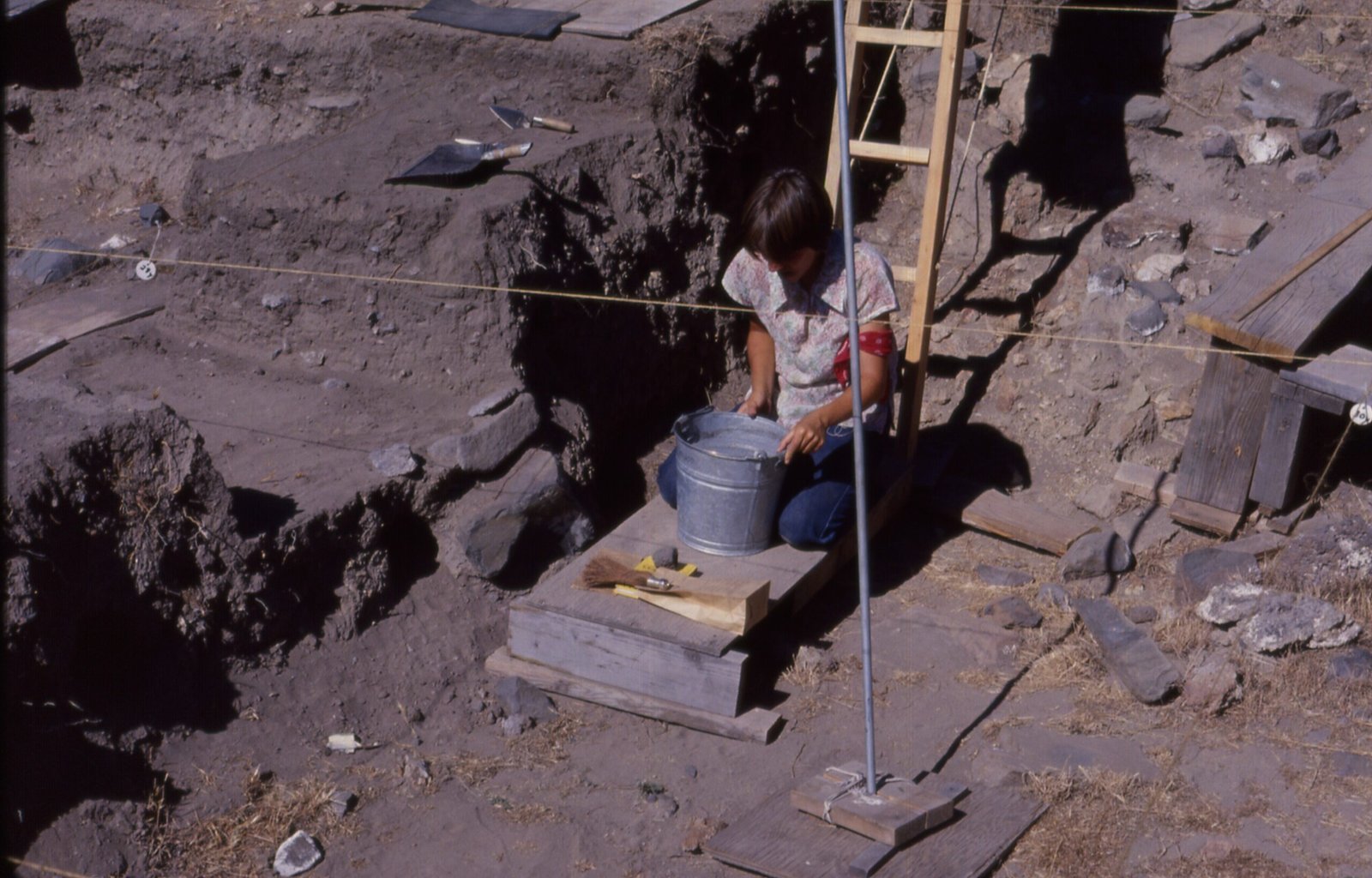
The valley’s future rests on a careful balance between discovery, tourism, and protection. Boardwalks, guided routes, and a small museum reduce the need to step off paths, while remote sensing minimizes intrusive digs. Even so, pressures – off-road tracks, casual collecting, and the sheer draw of rare bones – require vigilant management.
Emerging tools can help: satellite change detection to flag new disturbances, low-cost environmental sensors to monitor weathering, and machine learning that spots fossil outlines in aerial imagery. Field teams are also digitizing more specimens, creating open datasets that can be studied anywhere without moving fragile bones. If those strategies scale, the site can be both a classroom and a laboratory without becoming a casualty of its own fame.
Why It Matters
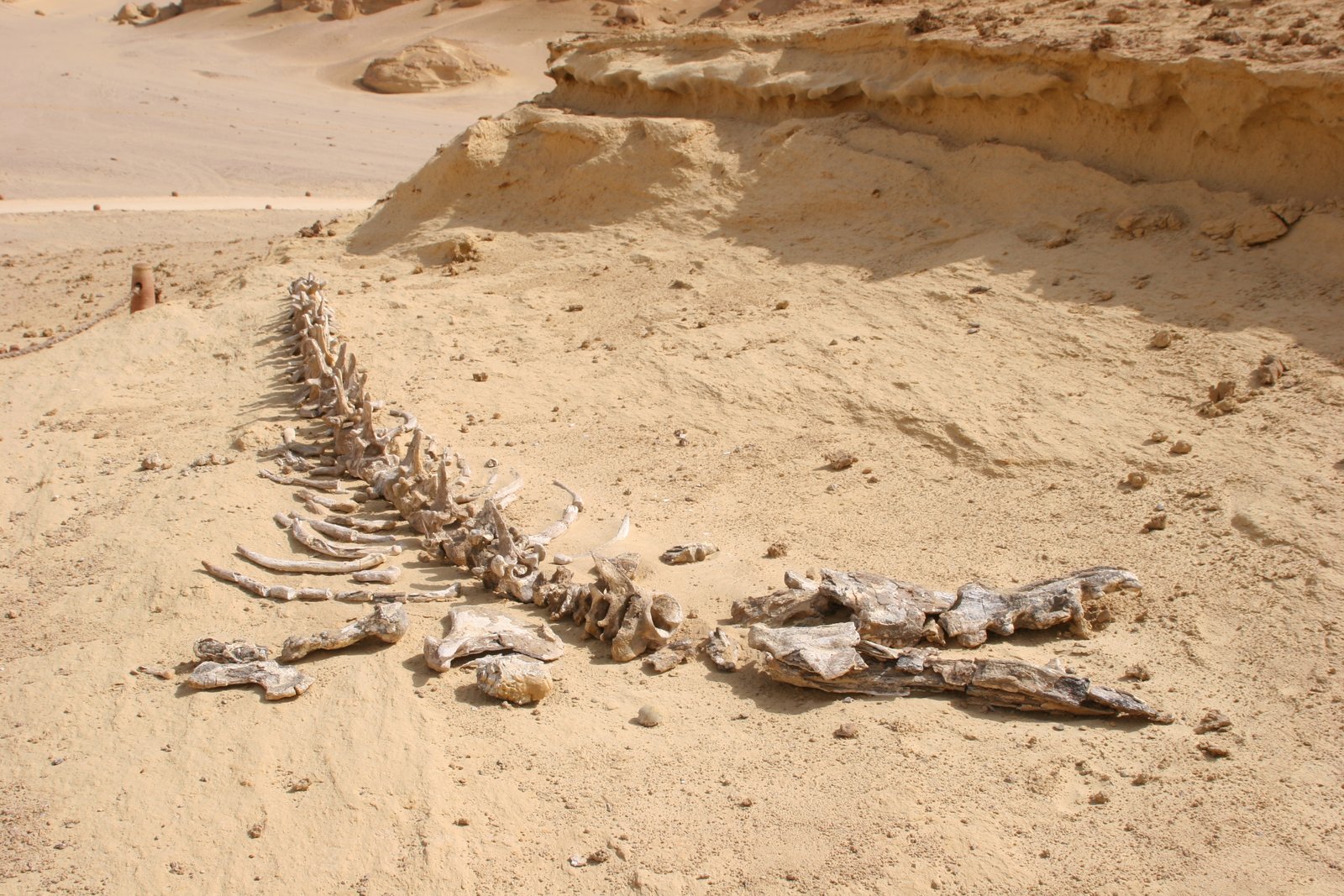
Wadi Al-Hitan matters because it collapses a tired debate by showing evidence that’s both beautiful and undeniable. Evolution isn’t abstract here; it’s tactile, measurable, and visible even to a first-time visitor. The valley also reframes climate talk, reminding us that seas advance and retreat, and that life evolves with those swings – though not always fast enough for the pace we’re forcing now.
Compared with museum drawers and isolated bones, this place preserves context: who ate whom, how deep the water was, where the plants grew. That context is the difference between a word and a sentence, or a sentence and a whole story. When students see legged whales, they’re not memorizing facts; they’re watching a plot twist unfold where a desert used to be ocean.
Conclusion

If you ever go, go gently: stay on marked paths, follow local guidance, and leave every fossil exactly where it lies. Support the site’s museum and conservation programs, which fund maintenance, training, and the science that turns finds into knowledge. You can also follow research groups that publish open-access datasets, amplifying work that keeps fossils in place and the data in everyone’s hands.
From home, share accurate stories about Wadi Al-Hitan and challenge sensational myths that replace evidence with noise. Encourage institutions to invest in digital documentation so science doesn’t depend on moving fragile bones. Small choices add up, and in a landscape built by accumulation, that feels exactly right.

Suhail Ahmed is a passionate digital professional and nature enthusiast with over 8 years of experience in content strategy, SEO, web development, and digital operations. Alongside his freelance journey, Suhail actively contributes to nature and wildlife platforms like Discover Wildlife, where he channels his curiosity for the planet into engaging, educational storytelling.
With a strong background in managing digital ecosystems — from ecommerce stores and WordPress websites to social media and automation — Suhail merges technical precision with creative insight. His content reflects a rare balance: SEO-friendly yet deeply human, data-informed yet emotionally resonant.
Driven by a love for discovery and storytelling, Suhail believes in using digital platforms to amplify causes that matter — especially those protecting Earth’s biodiversity and inspiring sustainable living. Whether he’s managing online projects or crafting wildlife content, his goal remains the same: to inform, inspire, and leave a positive digital footprint.

